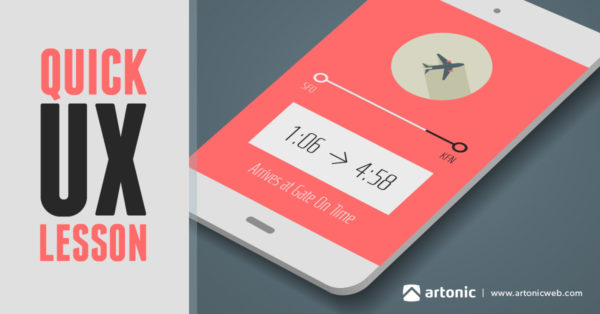Quick lesson in user experience: Know where your links go.

Today, I visited a school website. My goal was to find out where the cafeteria was located within the school and how to get there. I wasn’t positive that I would find a school map, but I thought I’d try.
I quickly found information regarding the event that I was interested in.
Under “venue” it listed the THS Cafeteria – and it was linked to another page.
I clicked the link.
I assumed I would find more information about the Cafeteria here. Instead, I landed on a webpage with even less information compared to the page I was just on.
A little frustrated – I’m unsure what this page is even for – I clicked on the link at the bottom of the page: Find out more.
Guess where it linked? Back to the page I was on originally.
I had just been taken in a loop – and had not found the information I was looking for.
Don’t Frustrate Your Users
This is a great example of user experience on a website. My experience as a visitor to this website was frustrating. I expected one thing and got another. I didn’t find the information I was looking for and, even more frustrating, I have no idea how to get that information. (If it’s not located online, can I contact someone for it?)
Solution: Website Planning
The way to avoid the situation above is to plan. Plan your website ui / ux. That means you should wireframe it – and run through the wireframe – before you move into design.
A wireframe is like a blueprint of your website. You wouldn’t build a house without a blueprint, and we don’t build websites without them, either.
Your Wireframe is Your Blueprint
Once you create an interactive wireframe, you can use it as you would a live website. This allows you to see your user’s journey through your website. As you click on links and scroll down the pages, you’ll begin to understand how your website visitors will feel when they use your website – you’ll experience the website the way your users will.
Many web design companies use software to plan (or wireframe) a website, like Artonic does. How involved a client is in the ui / ux process depends on the company.
Below is a section of a basic website wireframe. The wireframe is created after the content is written.
Conclusion
Planning is a good thing, and a wireframe helps you plan your website with intention. A wireframe allows you to see your website through the eyes of your users. This perspective will help you understand just how important the planning stage of a website is.






